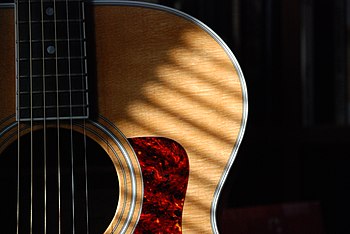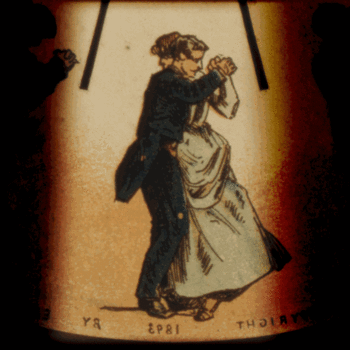Do you love listening to that smooth, toe-tapping music we call jazz? Do you love to dance with your significant other to the sounds of Fats Domino, Louis Armstrong, or Duke Ellington?
 |
| Duke Ellington, a famous jazz musician, poses with his piano at the KFG Radio Studio (Photo credit: Wikipedia) |
While it’s undoubtedly cool to use words like ‘Swing’, ‘Bebop’ or ‘Bossa Nova’ when describing a jazz style, not very many people really know the difference between Hot Jazz, Classic Jazz or Afro-Cuban Jazz. If you don't know the difference between one style of jazz and another, this article is for you. Read on if you want to up your cool quotient while discussing Hot Jazz:
Classic Jazz: More popularly called ‘New Orleans jazz’ because of its origins, classic jazz originated in the late 1800’s - early 1900’s with brass bands performing for dances and parties using an assortment of musical instruments including the trombone, saxophone, tuba, clarinet, cornet, guitar, bass, drums and cornet. At the time, musical arrangements varied significantly from one performance to another.
Hot Jazz: Pioneered by Louis Armstrong, hot jazz was characterized by improvised solos that built up to an emotional and ‘hot’ crescendo that was supported by bass, drums and guitar or banjo.
Chicago Style Jazz: If New Orleans was the birth place of jazz, Chicago was the breeding ground. Several young, dynamic players including Bud Freeman, Benny Goodman, Gene Krupa and Eddie Condon significantly furthered jazz improvisations with a combination of high technical ability and harmonic, innovative arrangements.
Swing: During the classic 1930’s, most Jazz groups were Big Bands who played a robust and invigorating version of Classic Jazz. More popularly called Swing, for the first time jazz was used as dance music. Many of the most famous musicians the world has every heard were swing jazz musicians. The famous jazz swing players include people such as Duke Ellington, Count Basie, The Dorsey Brothers, Glenn Miller, and Louis Armstrong, to name a few. Of course, the genre of ballroom dance called swing grew out of jazz swing music.
Bebop: Immortalized by trumpeter Dizzy Gillespie and alto saxophonist Charlie Parker who engaged in chordal improvisations, Bebop was a complete deviation from mainstream jazz that was typically derived from the melodic line.
Bossa Nova: Initiated as “Brazilian jazz” by Brazilian’s Antonio Carlos Jobim and Joao Gilberto, Bossa Nova is a blend of seductive Brazilian samba rhythms, classical European harmonies and West Coast cool. Adopting the Bossa Nova style, West Coast saxophonist Stan Getz and guitarist Charlie Byrd gave this jazz form a huge boost in the United States around 1962.
Afro-Cuban Jazz: Also known as Latin jazz, Afro-Cuban jazz can be traced back to percussionist Chano Pozo and trumpeter- arranger Mario Bauza. Characterized by its highly infectious rhythms combined with Jazz improvisations, Afro-Cuban jazz is typically played using rhythm instruments including bongo, timbale, conga along with assorted Latin percussion instruments and is often accompanied by guitar or piano and joined by vocals or horns.
Now that you know what the different types of jazz music are, you can speak intelligently about the music that you love! So get out there and have some great jazzy fun!
















